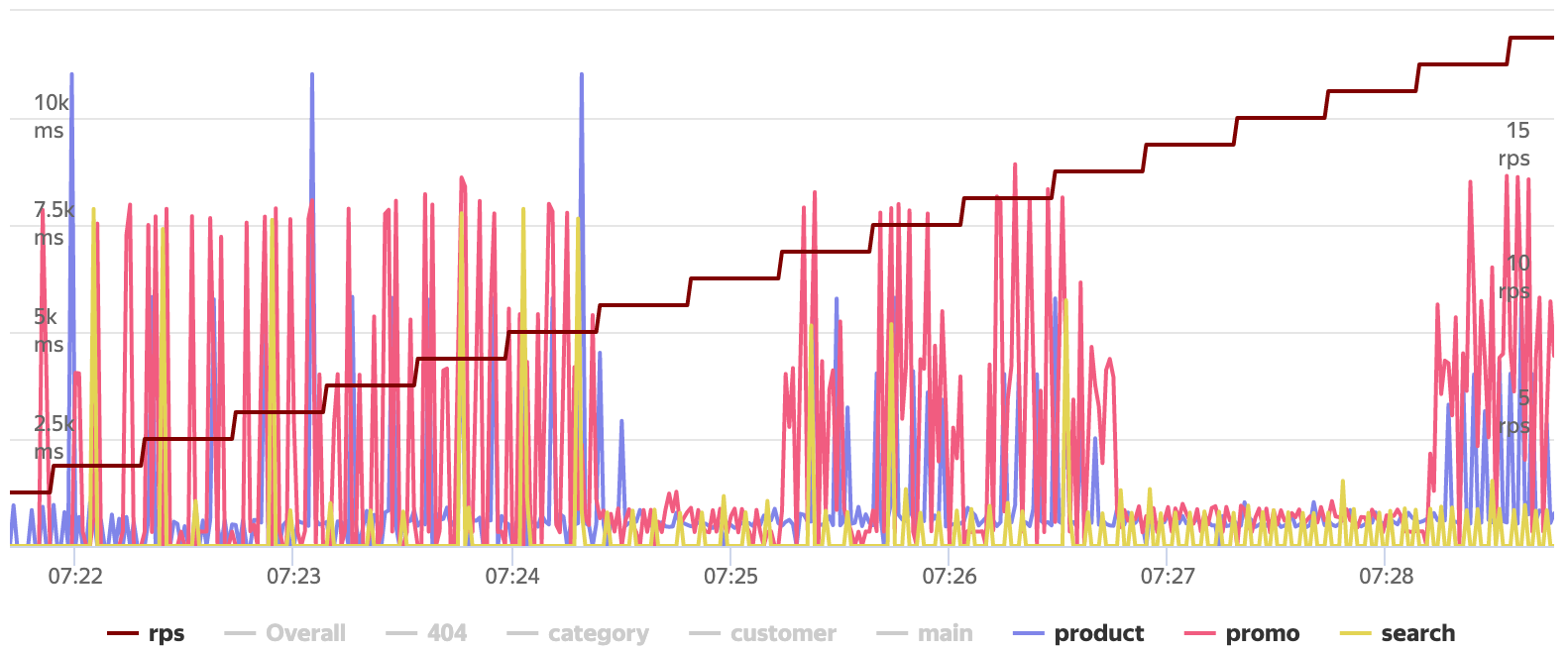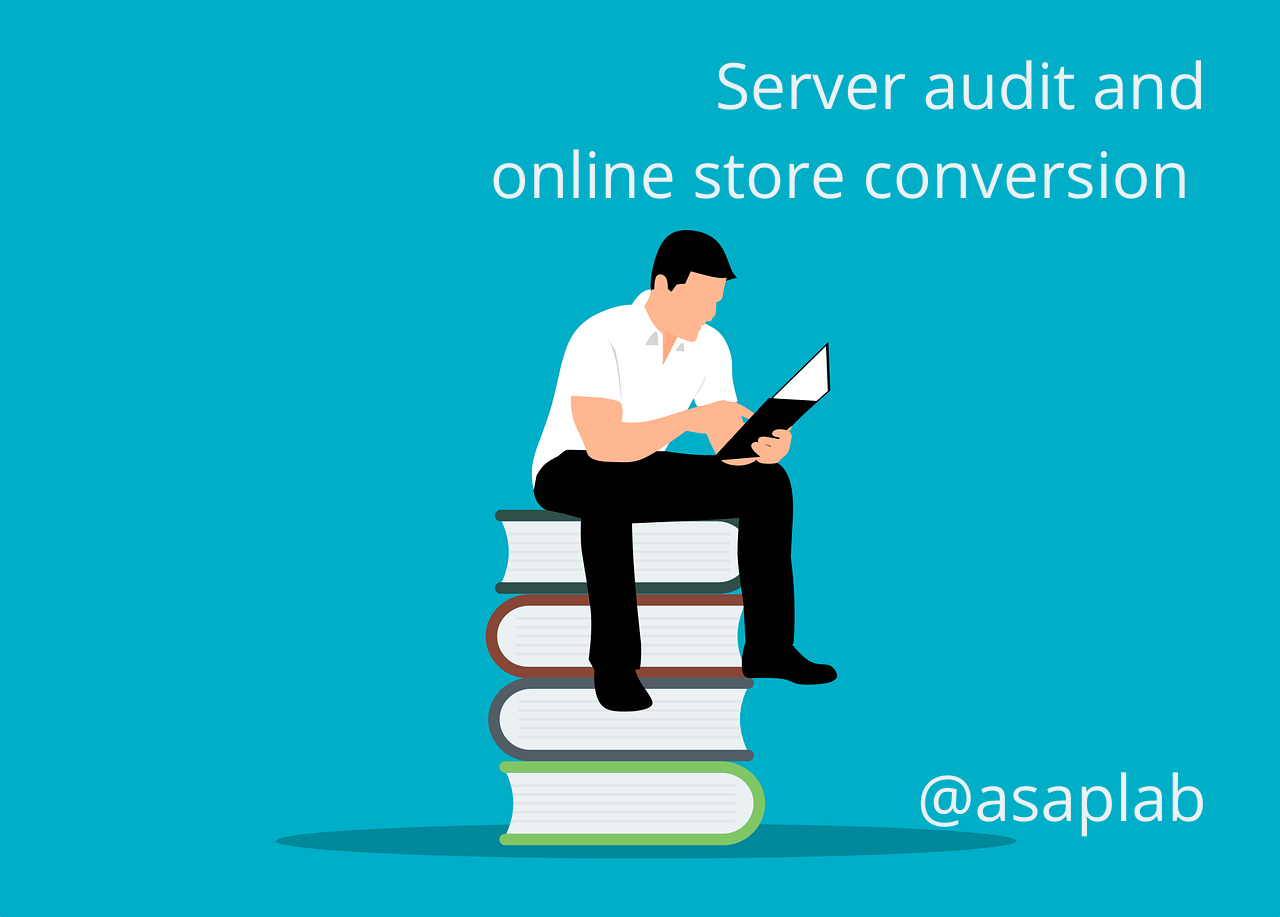How does page speed affect eСommerce websites?
Page speed measures the amount of time it takes for content on a particular webpage to load. Site speed, on the other hand, shows how your site performs in general. It is evaluated by services such as Google PageSpeed Insights, which collectively analyze the various loading times of your site.Skilled analyzed 12 case studies that revealed customer expectations for website performance.
- 79% of customers “dissatisfied” with a website are less likely to make a repeated purchase
- 64% of mobile shoppers expect a website to load in less than 4 seconds.
- 47% of online shoppers expect load speed of 2 seconds maximum.
The delay can also affect sales. In customer experiments, Crazyegg optimizers found that just one second of page speed boosted conversions by 7%.
Slowly loading websites also have a negative effect on your search ability. For example, in paid search, slow landing pages lower the Google AdWords Quality Score, which means a higher cost per click. Search engine optimization (SEO) experts will also tell you that slow pages hurt organic rankings across all devices. In 2021, Google even released an update to prioritize sites with strong web vital signs (i.e. site performance) in search results.
So with these insights in mind, let's talk about how you can reach more customers - through search and in general - via faster load times and better site performance.
Proven Ways to Improve Page Load Speed

- Look for a quick eCommerce platform out of the box
- Optimize bottlenecks in the project infrastructure
- Use fast and reliable hosting with data centers close to your customers
- Use Content Delivery Network (CDN)
- Test and optimize mobile performance
- Use pop-ups reasonably
- Compress images and reduce their size and quantity
- "Minimize" your code
- Reduce redirects and remove broken links
- Use caching plugins like Full-Page Cache by Varnish
How server settings affect store loading speed
As a rule, online stores should focus on two metrics: time to first byte (TTFB) and time to interaction (TTI).
The time to first byte is the amount of time between the browser sending a request and receiving a response. TTFB is a measure of network, DNS, and server performance.
The time to interaction is the amount of time between the browser submitting a request and the point at which the customer can do something useful on the page, such as performing a search. Network and server performance affects TTI, but front-end factors such as loading and executing JavaScript also have a huge impact.
There are many more detailed performance metrics that affect the shopping experience, but these are the main metrics that every retailer should focus on.
What are the benefits of infrastructure and server audit
Thanks to the audit, the company receives an expert opinion on bottlenecks observed in the operation of the equipment, whether its settings are correct, how efficiently computing capacity is used, and how important data is protected from loss. At this stage, a decision is often made to change hosting, data center, server or hosting plan, both in terms of increasing the budget and in tems of saving.
What should you pay attention to when auditing a server? Make sure the server auditing contractor completes all of the items on the list.
- Server hardware check (status, configuration)
- Search for ways to optimize hardware resources and analyze the possibilities of redundant critical nodes at the hardware level
- Exploring server operating system configurations
- Checking for the latest security patches
- Check for vulnerabilities
- Analysis of DBMS settings and state
- Analysis of WEB-stack settings and performance (Nginx+Apache+PHP)
- Load testing to determine the maximum performance of the store









